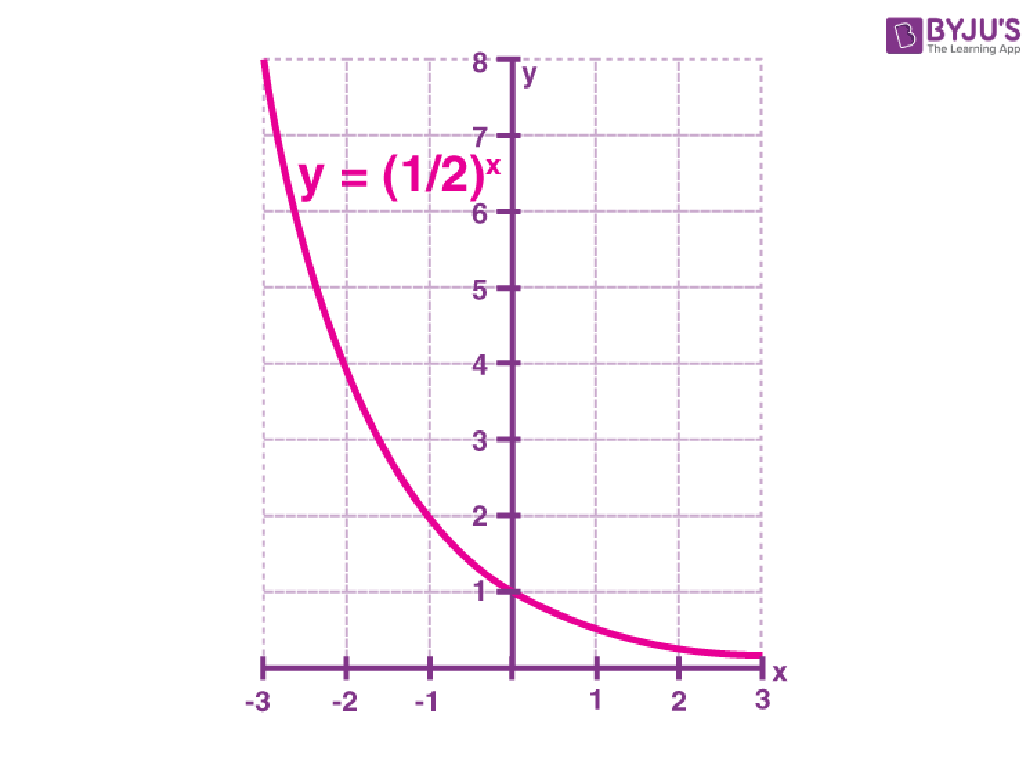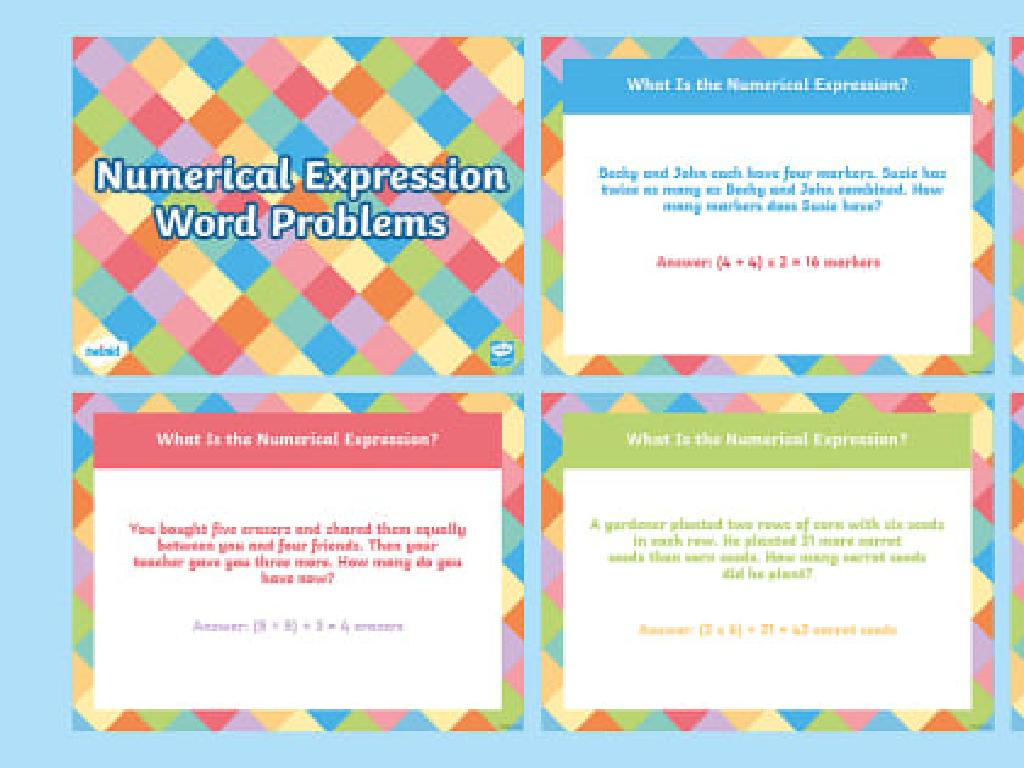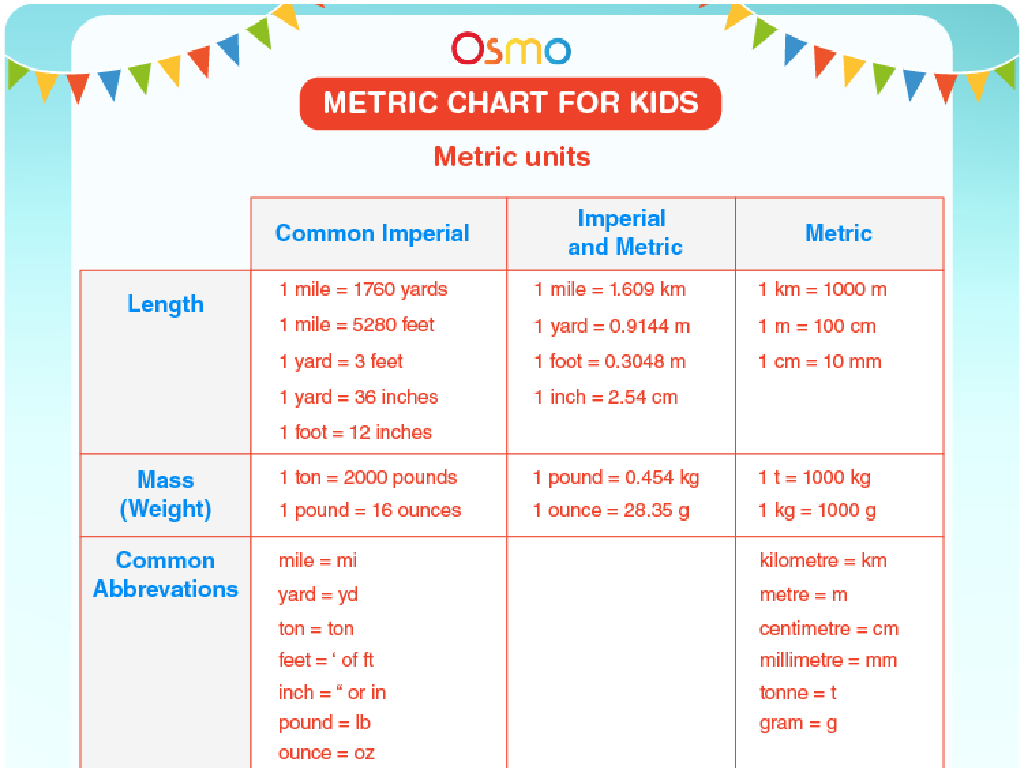Special Topics In Art History
Subject: Arts and humanities
Grade: High school
Topic: Art History
Please LOG IN to download the presentation. Access is available to registered users only.
View More Content
Diving into Special Topics in Art History
– Explore art history’s depth
– Art history is vast, covering eras, movements, and cultures.
– Grasp special topics’ significance
– Special topics offer insights into less-studied areas of art.
– Comprehend art’s evolving perception
– These topics challenge and expand our understanding of art.
– Analyze art’s impact on society
– Art reflects and influences cultural and societal shifts.
|
This slide introduces students to the expansive world of art history, emphasizing the importance of delving into special topics that go beyond the traditional curriculum. These topics can include lesser-known art movements, regional art forms, or thematic studies that provide a more nuanced understanding of art’s role and evolution. By exploring these areas, students gain a deeper appreciation for the diversity and complexity of art history. They learn how art is not only a reflection of its time but also an influencer of cultural and societal norms. Encourage students to think critically about how art shapes and is shaped by the world around us.
Exploring Art History
– What is Art History?
– The academic study of art’s past.
– Art’s evolution over time
– How art styles & forms have changed.
– Art within cultural contexts
– Art reflects the society & culture it comes from.
– Historical impact on art
– Historical events often influence art trends.
|
Art history is a field that encompasses the study of the development and stylistic changes of art over time. It is not just about looking at art, but understanding it within the broader context of the culture, society, and historical events that shaped it. This slide aims to introduce students to the concept of art history, encouraging them to think about art as a reflection of human civilization and its evolution. Discuss how art can be a window into the past, revealing much about the time period it was created in. Examples can include the influence of the Renaissance on European art, or how the Industrial Revolution led to new themes and techniques in art.
The Renaissance: A New Dawn in Art History
– Defining Renaissance Art
– Emphasis on naturalism, perspective, human anatomy, and classical themes.
– Renaissance Masters: Da Vinci, Michelangelo, Raphael
– Explore the works of ‘The Big Three’ and their contributions to art.
– Renaissance Influence on Modern Art
– Tracing the evolution from Renaissance ideals to contemporary artistic expressions.
|
The Renaissance period marked a pivotal moment in art history, characterized by a renewed interest in the classical past and an emphasis on humanism. This slide will delve into the defining features of Renaissance art, such as the use of perspective, a focus on naturalism, and the portrayal of human anatomy with unprecedented accuracy. Highlight the contributions of key figures like Leonardo da Vinci, known for the ‘Mona Lisa’ and ‘The Last Supper’; Michelangelo, celebrated for the Sistine Chapel ceiling and ‘David’; and Raphael, renowned for ‘The School of Athens’. Discuss how the Renaissance has influenced modern art, laying the foundation for various movements and continuing to inspire artists today. Encourage students to consider how the techniques and themes from the Renaissance are reflected in the art they see and experience in the present day.
Exploring Impressionism in Art History
– Defining Impressionism
– An art movement focused on capturing the moment, especially the effects of light.
– Light and Color in Impressionism
– Artists used rapid brushstrokes and vibrant colors to depict light changes.
– Celebrated Impressionist Artists
– Claude Monet, Edgar Degas, and Pierre-Auguste Renoir pioneered this style.
– Impressionism’s Impact on Art
– Impressionism paved the way for modern art, challenging traditional techniques.
|
Impressionism was a revolutionary art movement in the late 19th century that emphasized capturing the impression of a moment, particularly in terms of light and color. This slide will delve into the characteristics of Impressionism, highlighting the movement’s unique approach to painting, which often involved open composition, thin yet visible brush strokes, and an emphasis on the accurate depiction of light to capture the essence of subjects. Discuss the role of light and how it transforms the appearance of scenes or objects. Introduce students to famous Impressionist artists like Monet, Degas, and Renoir, showcasing their contributions to the movement. Finally, discuss the lasting impact of Impressionism on the evolution of modern art, setting the stage for various avant-garde movements that followed. Encourage students to reflect on how Impressionism challenged and changed the art world’s perception of beauty and representation.
Exploring Abstract Art
– Defining Abstract Art
– Art that uses shapes, colors, forms to achieve its effect
– Emotional impact of abstraction
– Abstract art evokes feelings without depicting real objects
– Kandinsky’s influence
– Wassily Kandinsky, pioneer of abstract art, used music as inspiration
– Pollock and Rothko’s contributions
– Jackson Pollock introduced drip painting, while Mark Rothko focused on color field painting
|
This slide introduces students to the concept of Abstract Art, a significant movement in art history that breaks away from traditional representation of physical objects. It emphasizes the emotional impact abstract art aims to have on the viewer, often through a focus on color, form, and the use of non-traditional techniques. Highlight the works of Kandinsky, who is often credited with painting one of the first purely abstract works, and discuss how his work was inspired by his synesthetic experiences with music. Move on to discuss Jackson Pollock’s unique drip paintings and Mark Rothko’s color field paintings, which create a meditative or contemplative space for the viewer. Encourage students to think about how these artists used color and form to express emotions and concepts. This slide should serve as a foundation for understanding the intentions and methods behind abstract art and its lasting impact on the art world.
Analyzing Art: A Critical Approach
– Steps to analyze artworks
– Observe, describe, interpret, and evaluate
– Understand art elements & design principles
– Line, shape, color, texture, space, form, balance, contrast, emphasis
– Case study: A Renaissance painting
– Examine ‘The Birth of Venus’ by Botticelli
– Engage with art critically
|
This slide introduces students to the systematic approach of art analysis. Start by explaining the four steps of art criticism: observation, description, interpretation, and evaluation. Discuss each element of art and principle of design, providing examples for better understanding. For the case study, use ‘The Birth of Venus’ to illustrate how these elements and principles come together in a Renaissance masterpiece. Encourage students to think critically about the artwork and form their own interpretations based on the elements and principles discussed. This exercise will enhance their appreciation and understanding of art history.
Art History Research Techniques
– Conducting art historical research
– Explore methodologies for studying art history.
– Utilize diverse resources
– Libraries, museums, and online databases are key for gathering information.
– Writing research findings
– Organize and articulate your research in a structured paper.
– Presenting your art history study
– Use visual aids and clear narratives to share your work.
|
This slide aims to guide students through the process of conducting research in art history. It’s crucial to introduce them to various research methodologies specific to art history, including visual analysis and contextual study. Students should be encouraged to make use of libraries for books and scholarly articles, museums for direct artwork observation, and online databases for accessing a wide range of academic resources. Writing research findings involves creating a structured argument supported by evidence, while presenting research requires effective communication skills, often supported by visual aids such as slides or prints of artworks. Emphasize the importance of citing sources correctly and discuss the ethical considerations in art historical research. Provide examples of well-structured art history papers and presentations to model best practices.
Class Activity: Art Analysis Presentation
– Select an artwork from a special topic
– Research its historical context
– Look into the era, location, and cultural background of the piece
– Discuss its significance in art history
– Why is this piece important? Consider the artist’s influence, style, and impact
– Present findings to the class
– Share insights and engage in peer review for a collaborative learning experience
|
This class activity is designed to deepen students’ understanding of art history by actively engaging them in research and presentation. Students will choose an artwork related to a special topic in art history, investigate its historical context, and explore its significance within the art movement it belongs to. They will then prepare a short presentation to share their findings with the class. This activity encourages critical thinking, research skills, and public speaking. Possible artworks for selection could include pieces from the Renaissance, Impressionism, or Modernism, depending on the special topic being covered. Teachers should provide a list of potential artworks or let students choose their own, ensuring they are relevant to the special topic. During presentations, encourage constructive peer feedback and foster a discussion that allows students to reflect on different perspectives.






